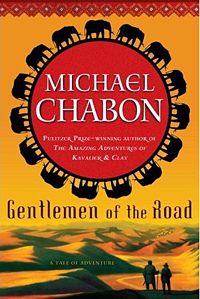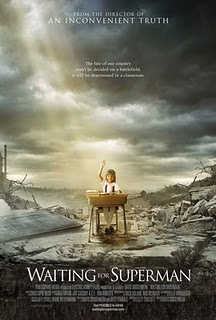So I'm making it myself.
Over the next few months I'll slowly profile Partch's Instrumentarium so that hopefully, come next spring, I'll have a complete list ready for use. And hopefully, since many of you have wondered about Partch's music, you'll enjoy this little taste of the scholarly work I do as well.
Adapted Viola
 (photo by Fred Lyon)
(photo by Fred Lyon)A combination of the viola and cello, the Adapted Viola was Partch’s first attempt at adapting an instrument to just intonation. He created the fingerboard in 1928, but it wasn't until two years later while in New Orleans that he hit upon the idea of putting it on a viola's body.
The instrument consists of an average-size viola soundbox with a neck and fingerboard that is six inches longer than usual. The tuning pegs are from a cello, as are all the strings except the first, which is a double-length violin first string. Instead of frets, the fingerboard is marked with a series of brads hammered in beside the strings to mark the various pitches, 37 to the octave at this point in Partch's career. As you can see, the Adapted Viola is played with a bow and the instrument is held between the legs. The Adapted Viola’s range is expanded from the traditional viola to rest between the cello’s and the violin’s.
Partch's first large-scale work in just intonation, The Seventeen Lyrics of Li Po, was written for this instrument and solo voice and is hauntingly beautiful. Here's a bit of the beginning of "A Midnight Farewell:"
The Adapted Viola started Partch on his instrument building path, and it remained central to his music through the 1940s.




No comments:
Post a Comment